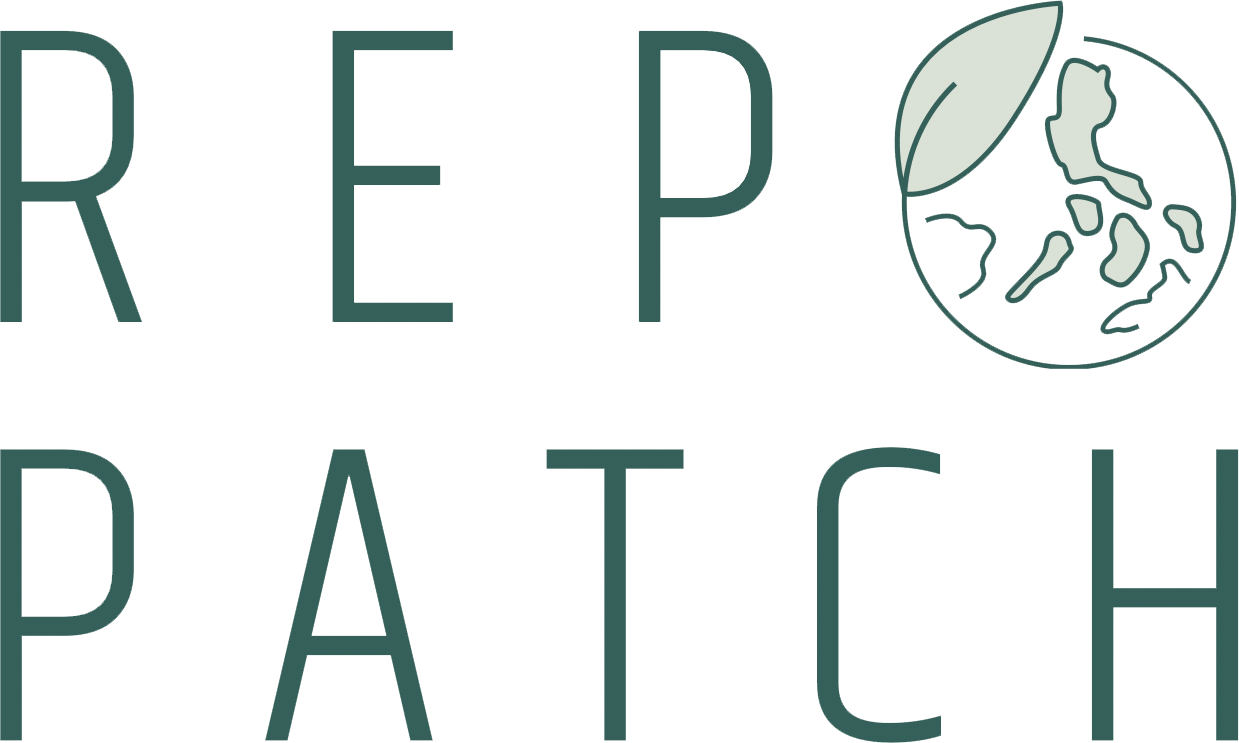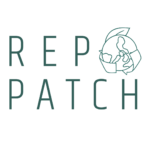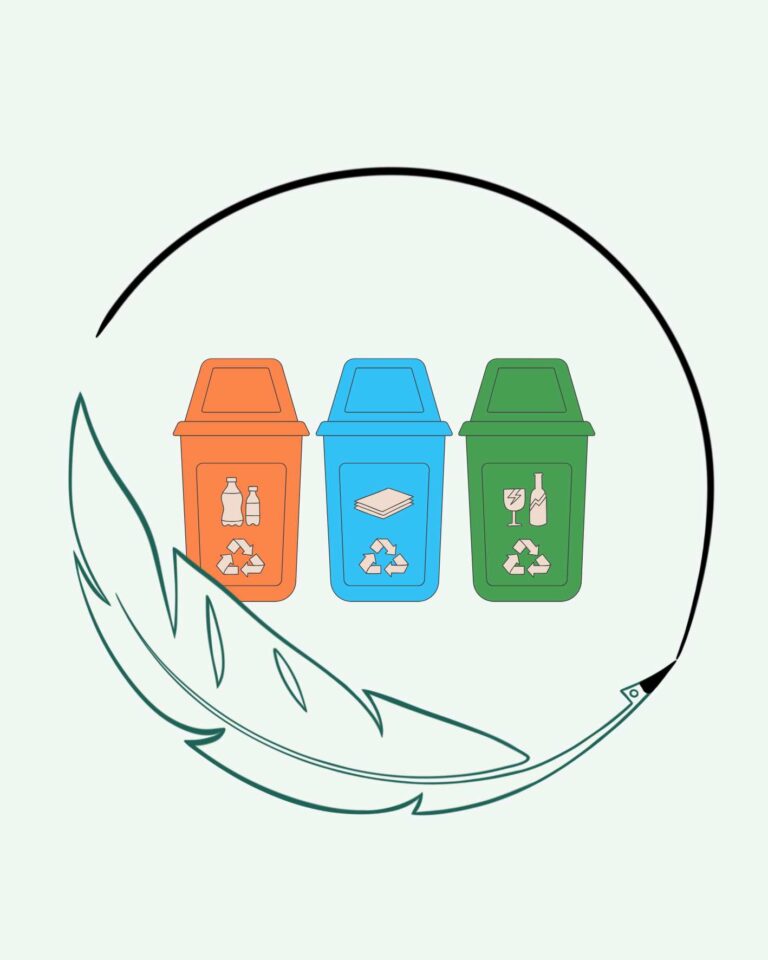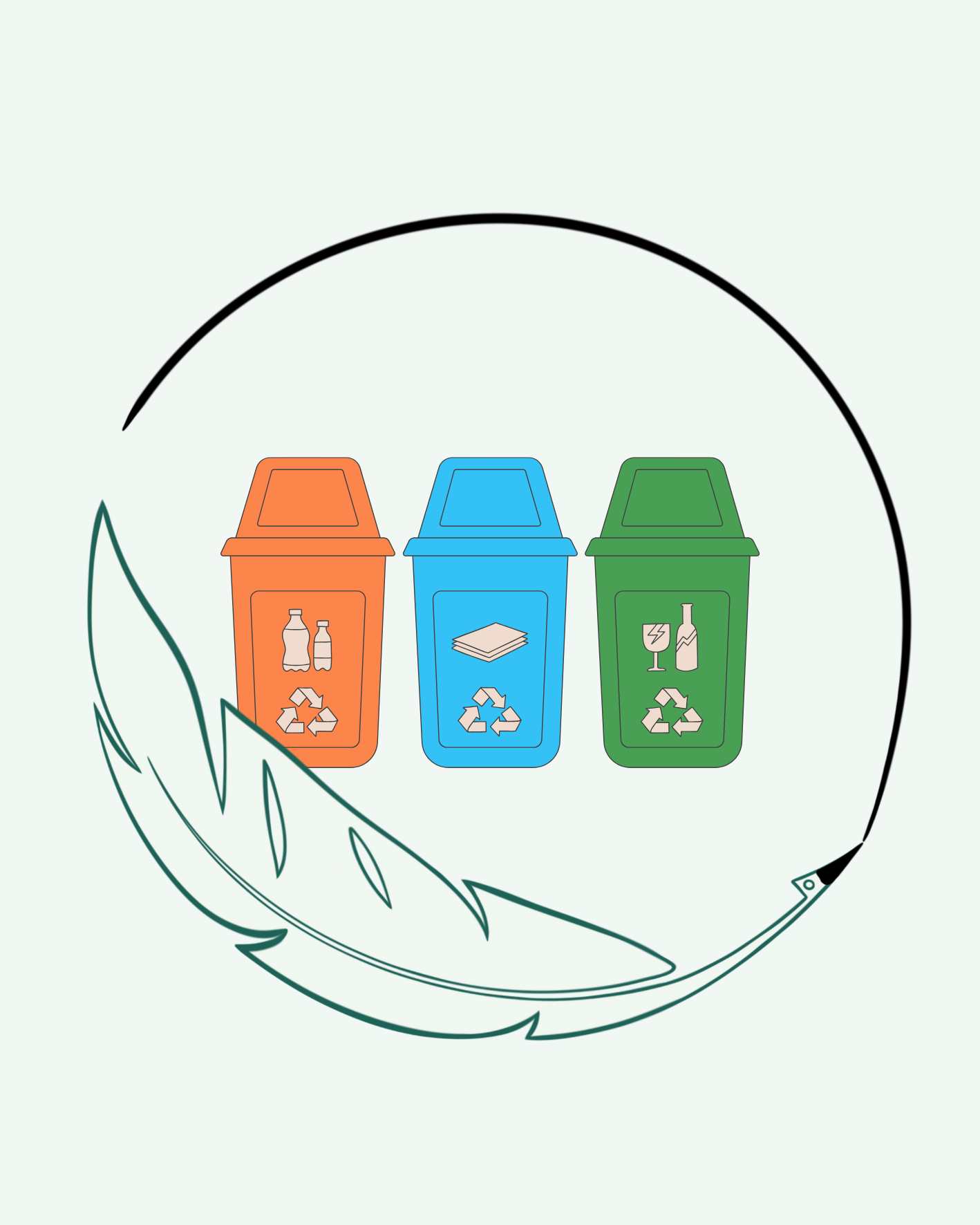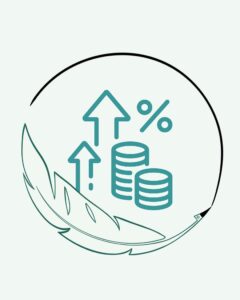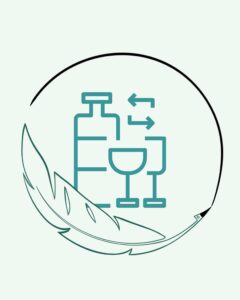Clean waste is a crucial concept in today’s waste management and sustainability efforts. Waste generated by human activities is not only an environmental problem but also a profound issue with economic and social dimensions. From household garbage to industrial waste, waste falls into many different categories, each presenting unique challenges in recycling processes.
Household waste generally consists of food residue, packaging, plastic bottles, glass jars, paper, and textiles. These are generally relatively cleanable and can be prepared for recycling. Industrial waste, on the other hand, sometimes includes residual materials from production processes, oils, chemical residues, and metal powders. These types of waste are often contaminated, requiring additional processes for recycling. Hazardous waste includes paint, solvents, electronic waste, batteries, and medical waste; these pose serious risks when released directly into the environment. Organic waste, on the other hand, consists of food and plant residues and, if not handled properly, can cause problems such as decay and odor.
Classifying waste in this way is an important starting point for planning the recycling process. However, the key determining factor is whether the waste is clean or contaminated. This directly impacts recycling efficiency and environmental impact.
What is Clean Waste and Why is it Critical?
Clean waste is the cornerstone of recycling and upcycling processes. Clean waste is uncontaminated waste that is not mixed with other substances or chemical, biological, or physical contaminants. Thanks to these, clean waste can be sent directly to recycling facilities, saving energy and water used in the cleaning process.
For example, a bottle made solely of PET plastic and free of food residue can be processed without requiring cleaning upon arrival at the recycling facility. Similarly, cardboard boxes with their labels and tape removed can be directly processed for pulping. Clean waste is also an ideal raw material for upcycling projects. Materials such as textiles and cardboard, in particular, can be used in art and design projects with high quality when they are uncontaminated and free of chemical contamination.
Another reason why clean waste is critical is its environmental and economic benefits. Processing dirty waste incurs high costs in terms of both energy and water. Therefore, cleaning waste at the source increases recycling efficiency and establishes the beginning of a sustainable cycle.
What is Contaminated Waste and How Does It Form?
Contaminated waste is waste mixed with other substances or containing chemical, biological, or physical contaminants. These types of waste complicate and increase recycling processes. Contamination often occurs as a result of improper separation, chemicals used during production, or post-consumer mixtures.
In household examples, greasy pizza boxes, plastic bottles with detergent residue, or plastic packaging with aluminum caps fall into the contaminated waste category. In industrial processes, paints, solvents, adhesives, and chemical coatings contribute to waste contamination. Contaminated waste has a low recycling potential; sometimes it cannot be separated or requires specialized equipment and high costs to process.
Contamination can lead to “load rejection” practices at recycling facilities. This means that if a container contains a sufficient amount of contaminated waste, the entire batch may be sent to landfills, posing a significant environmental threat.
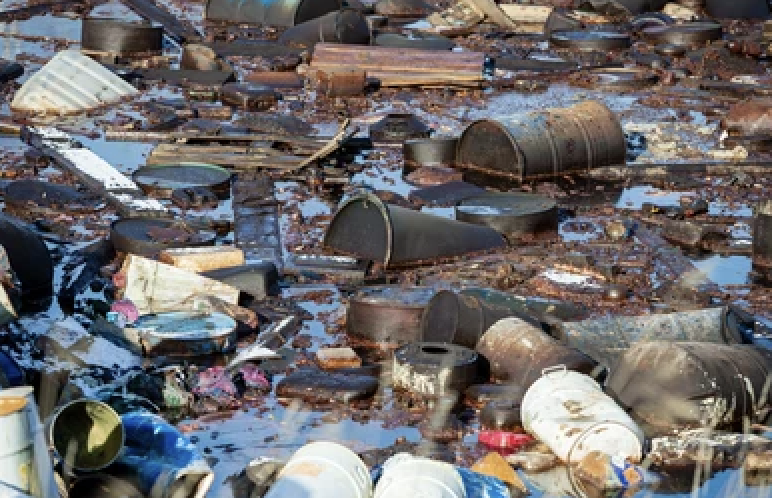
Examples of Contamination
It’s important to see the effects of contamination through concrete examples to understand the scale of the problem. Electronic circuit boards (PCBs) are essential components of modern devices, but they are extremely difficult to recycle. PCBs are composed of a combination of different materials, such as copper, plastic, fiberglass, and solder, and often contain heavy metals such as lead, mercury, and cadmium. If not properly handled, these metals can leach into soil and water resources, causing serious environmental and health problems.
Composite parts used in the automotive industry are composed of a combination of components such as plastic and fiberglass. Recycling these parts is quite challenging due to the variety of components used and requires specialized processing. Composite materials take many years to decompose, and incineration releases toxic gases into the environment.
Textile waste is also a serious source of contamination. Dyeing and finishing processes penetrate deeply into the fibers, making mechanical recycling of these wastes impossible. This process consumes large amounts of water and energy, and microplastics enter water systems, posing a serious threat to ecosystems.
When recycled, industrial plastic waste contaminated with adhesives and oils makes mechanical separation difficult. Cleaning such waste requires additional costs and energy consumption.
The Importance of Clean Waste in Recycling and Upcycling
Clean waste determines the efficiency of the recycling chain. Uncontaminated and separated materials can be processed more quickly and cost-effectively in facilities. From plastic bottles and cardboard boxes to glass jars and fabric scraps, all clean materials can be reused or transformed into high-value products in upcycling projects.
In upcycling, clean waste stands out as a raw material for creativity and sustainability. For example, clean and uncontaminated parts of denim pieces can be transformed into works of art or design objects. Contaminated or chemically contaminated parts, however, can be used in these processes in a limited or risky manner. Therefore, clean waste forms the basis not only for recycling but also for creative and economic value-generating cycles.
Cost of Cleaning Contamination (Energy, Water, Chemicals)
Cleaning contaminated waste is significantly more costly than separating it. Washing one ton of contaminated plastic waste requires approximately 500–1,000 liters of water, increasing energy consumption. Chemical treatment of textile waste requires 1–2 kWh of energy per kilogram and a significant amount of water. Contaminated waste also increases recycling machine blockages and maintenance costs, as well as increasing environmental risks. Therefore, separation and cleaning at the source is the most effective strategy, both economically and environmentally.
Clean Waste = The Beginning of the Sustainability Cycle
Clean waste is the silent hero of the sustainable cycle. It increases recycling rates, reduces carbon footprints, saves energy and water, and reduces pressure on ecosystems. Contaminated waste such as PCBs, automotive composite parts, textile-dyed fibers, and industrial plastic waste require specialized technologies and processes; otherwise, both environmental and economic costs would be high.
At Reppatch, our goal is to ensure waste is cleaned at the source and to create maximum value through upcycling and recycling. Clean waste should be seen as the cornerstone of a sustainable future. Correctly classifying waste and keeping it clean is the most effective way to protect the environment and use resources efficiently.
